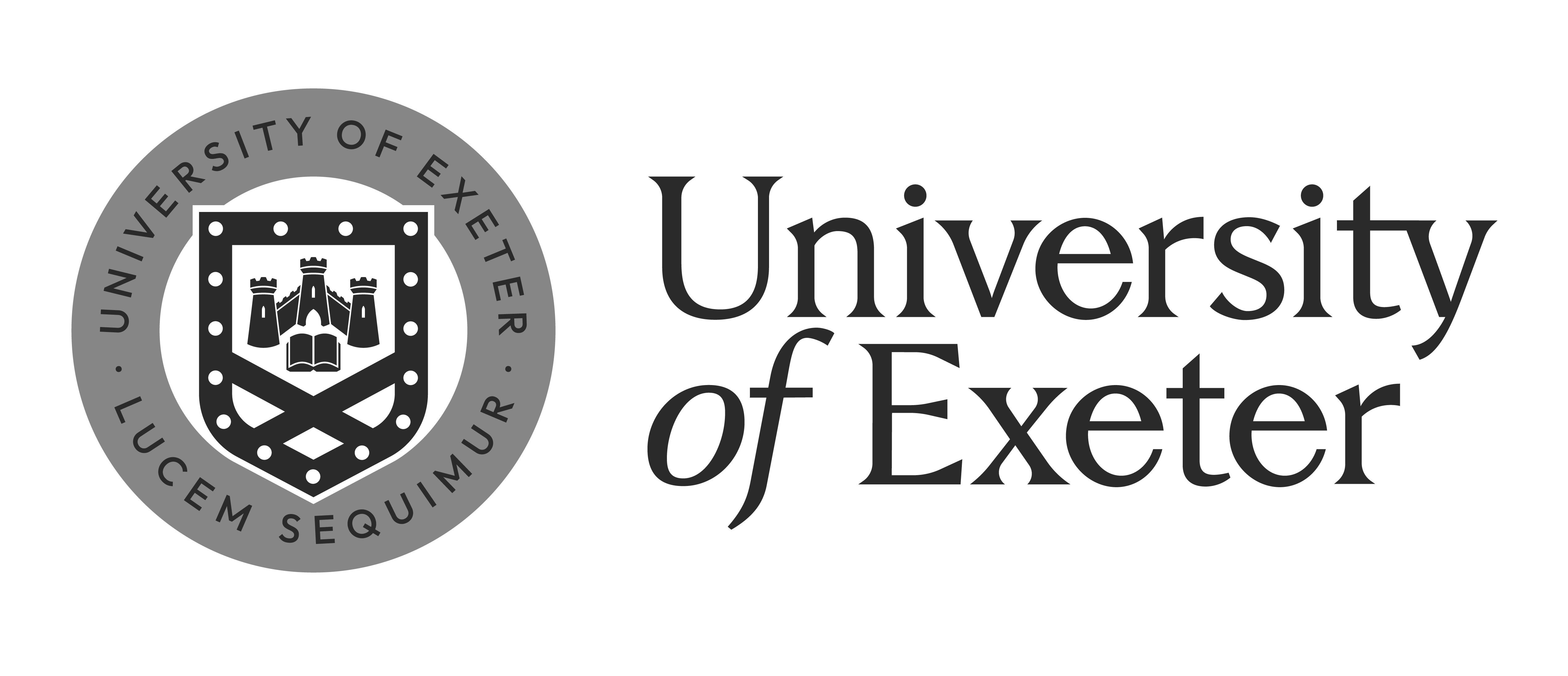Biodiversity Conservation from International to Local Policy and Practice
Professors
Schedule
Course description
Biodiversity is increasingly threatened worldwide. Global policy agreements and actors try to reduce this threat through various instruments, including parks (in their various forms) and through collaborations with local actors. However, conservation is often hindered by its colonial history and a lack of diversity in conservation values, including respect for local and traditional knowledge.
The aim of this course is to provide students with elements for reflection and analysis concerning contemporary debates on nature conservation and protection and sustainability. The course looks at definitions as well as historical and cultural aspects of nature conservation and the implementation of various protected areas (from community to government led) around the world. It also uses examples and case studies to address current management issues in nature protection. Venice is an ideal place in which to teach this course: it shelters a UNESCO World Heritage Site as well as several marine protected areas. We will specifically use field trips to these different areas to understand the local challenges of conservation.
Learning outcomes
By the end of the course, students will understand current global trends in biodiversity policy and how it impacts local areas, be able to apply IUCN tools such as those on governance and the protected area typology, and understand the application of these policies and tools to the case of different parks in and around the Venice Lagoon.
Teaching and Evaluation methods
Teaching will be a mixture of classic teaching, discussion groups around key works, films and online interview extracts from conservation field, and field visits to a Venice lagune marine park (there are several), and to the UNESCO World Heritage center in Venice.
Evaluation will be done through
1) group work, where students apply IUCN conservation tools concerning protected area governance to the Venice lagune parks, and present this work orally in class (40% of the grade)
2) individual work submit a 5 page document where students will assess a protected area from their home country including its challenges and opportunities for collaborative governance of conservation landscapes (60%).
Bibliography
Adams WM, 2004. Against extinction: the story of conservation. Earthscan, London;
Sterling, VA (excerpts from this book will be assigned)
Borrini-Feyerabend, G. et al. (2013). Governance of Protected Areas: From understanding to action. Best Practice Protected Area Guidelines Series No. 20, Gland, Switzerland: IUCN. Xvi + 124pp. (excerpts from this book will be assigned)
Cumming G.S., Davies Z.G., Fischer J. & Hajjar R. 2023. Toward a pluralistic conservation science. Conservation Letters 16 (3): e12952.
Dudley, N. (2008). Guidelines for Applying Protected Area Management Categories.
Gland, Switzerland: IUCN. X + 86pp.
Fairhead, J. and M. Leach. 1996. Misreading the African Landscape: Society and Ecology in a Forest Savanna Mosaic. Cambridge: Cambridge University Press. (A film summarizing this book will be shown)
Gurney G.G. et al. . 2021. Biodiversity needs every tool in the box: use OECMs. Nature 595 (7869): 646–649.
Hockings, M., Stolton, S., Leverington, F., Dudley, N. and Courrau, J. (2006). Evaluating Effectiveness: A framework for assessing management effectiveness of protected areas. 2nd edition. IUCN, Gland, Switzerland and Cambridge, UK. xiv + 105 pp.
Mbaria J. & Ogada M. 2016. The big conservation lie: the untold story of wildlife conservation in Kenya. Lens & Pens Publishing, Auburn.
Pascual U. + 86 co-auteurs. 2023. Diverse values of nature for sustainability. Nature: 1– 11.
Sandbrook, C., et al. 2019. The global conservation movement is diverse but not divided.
Nature Sustainability 2, 316–323. https://www.futureconservation.org/
Shackleton R.T., et al. 2023. Navigating power in conservation. Conservation Science
and Practice.
Tauli-Corpuz, V., Alcorn, J., Molnar, A., Healy, C., & Barrow, E. (2020). Cornered by PAs: Adopting rights-based approaches to enable cost-effective conservation and climate action. World Development, 130, 104923.
UNESCO (2008). Enhancing our Heritage Toolkit Assessing management effectiveness of natural World Heritage sites. World Heritage France 23. Paris, France: UNESCO. 106pp.
Zanjani L.V., Govan H., Jonas H.C., Karfakis T., Mwamidi D.M., Stewart J., Walters G. & Dominguez P. 2023. Territories of life as key to global environmental sustainability. Current Opinion in Environmental Sustainability 63: 101298.
Based on this ICCA report : https://report.territoriesoflife.org/
Last updated: January 29, 2025


















